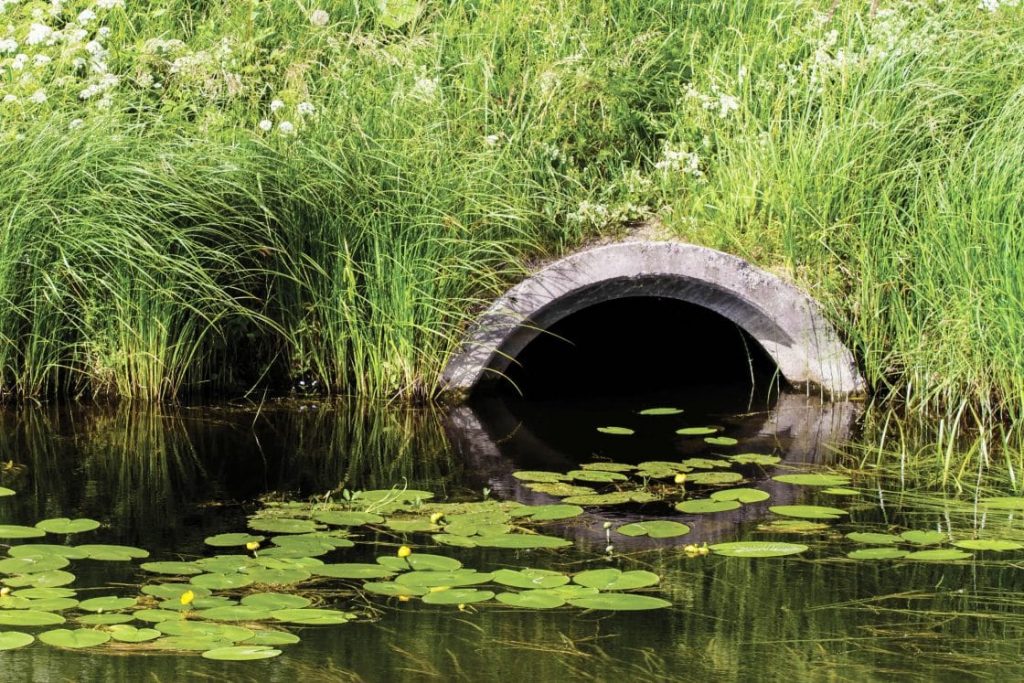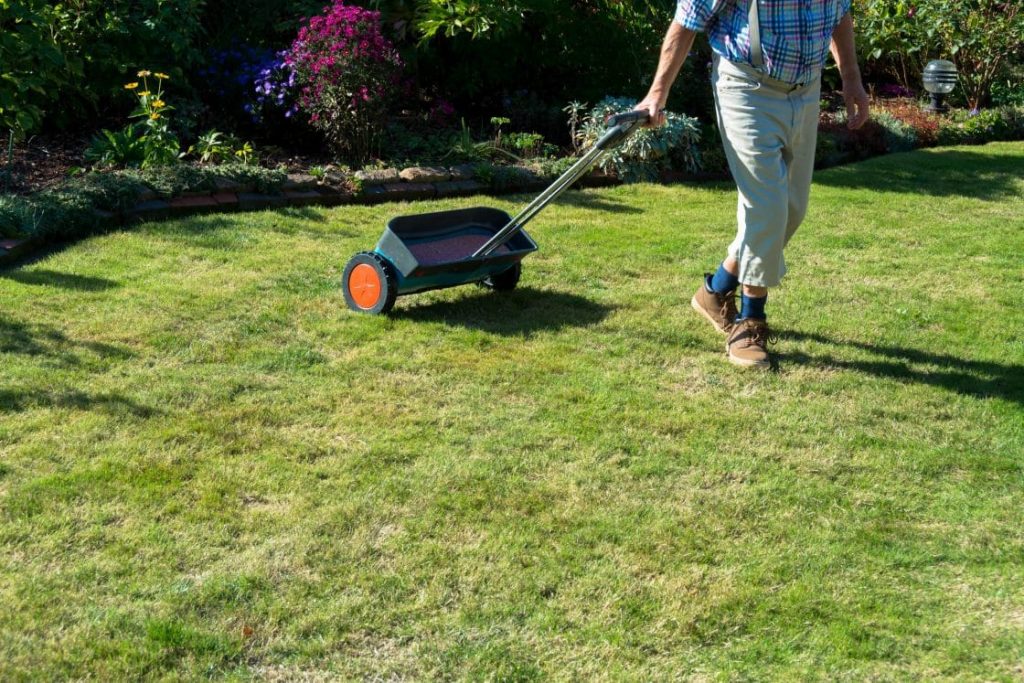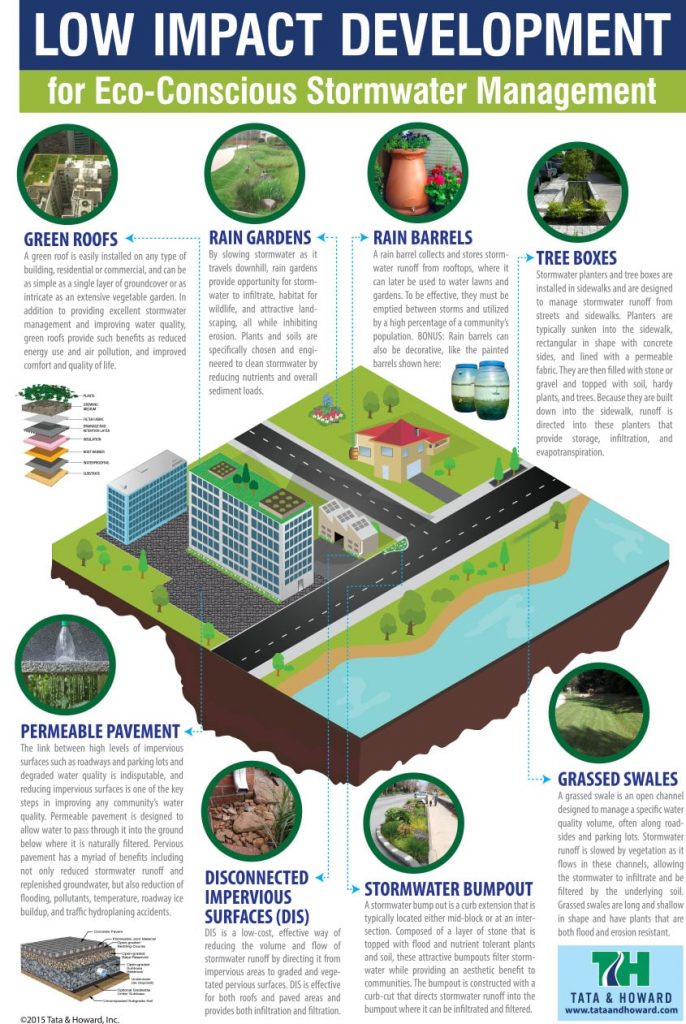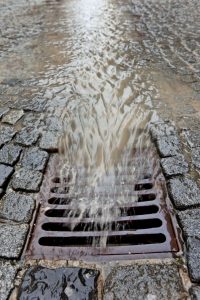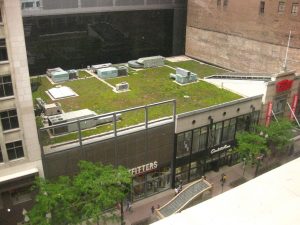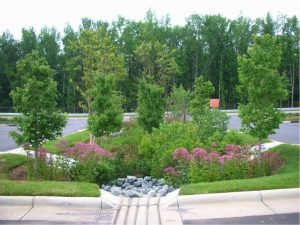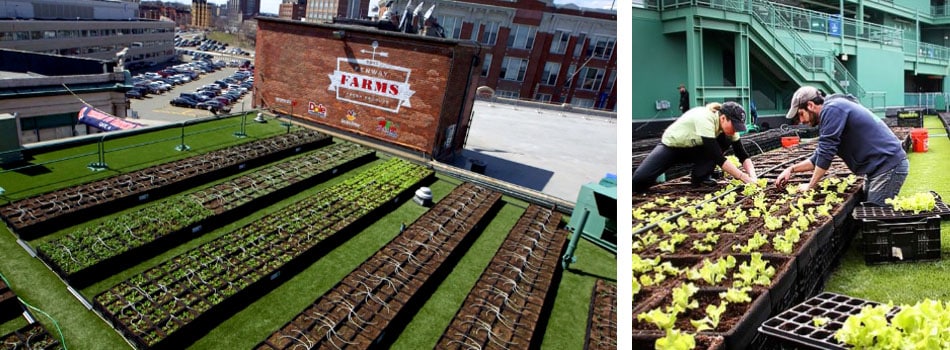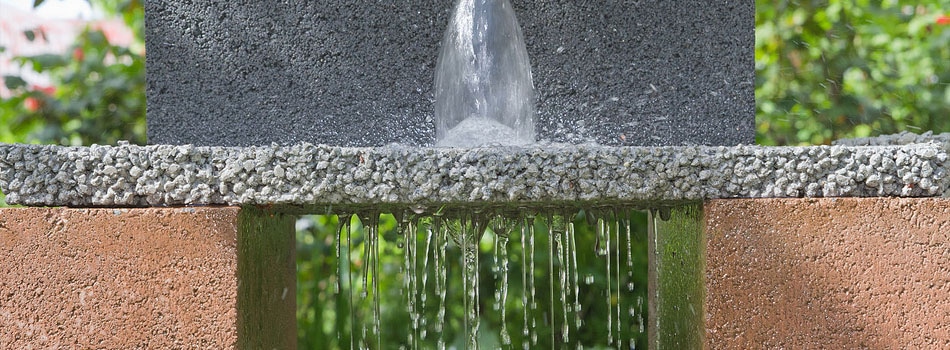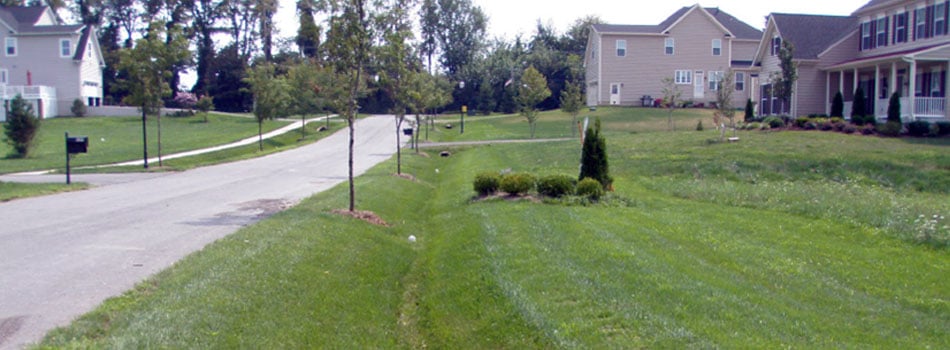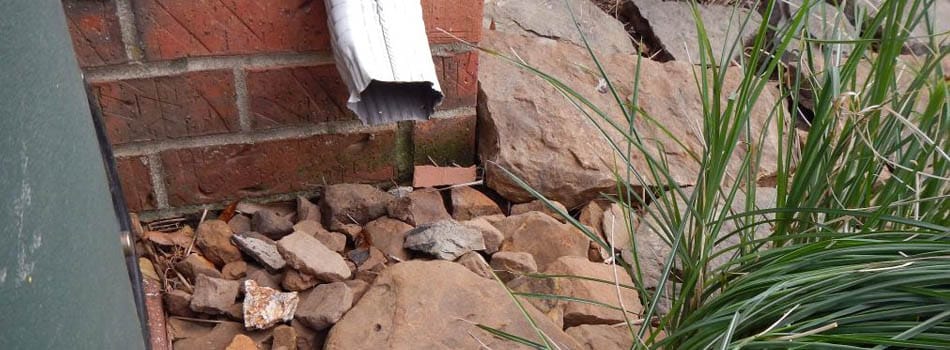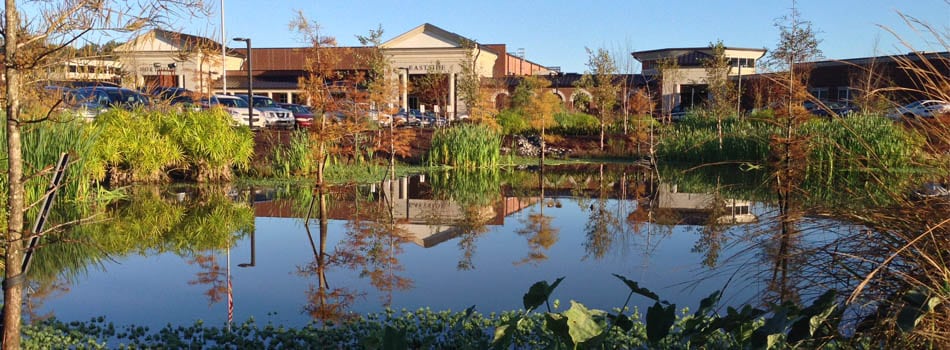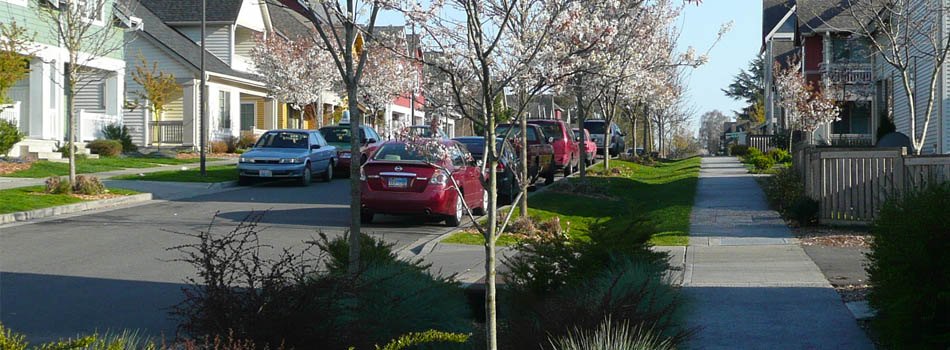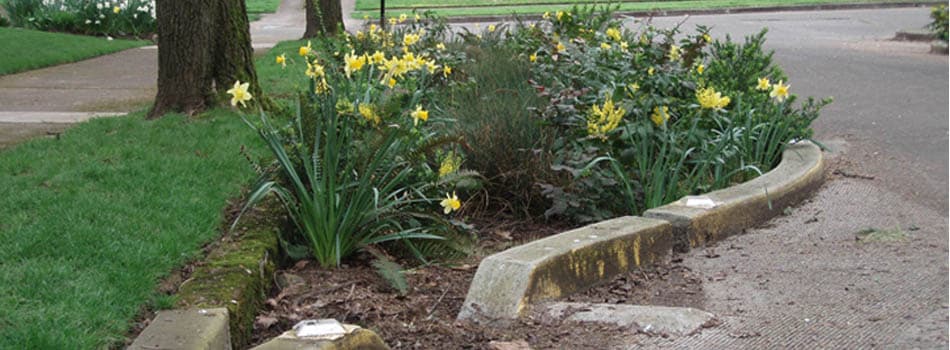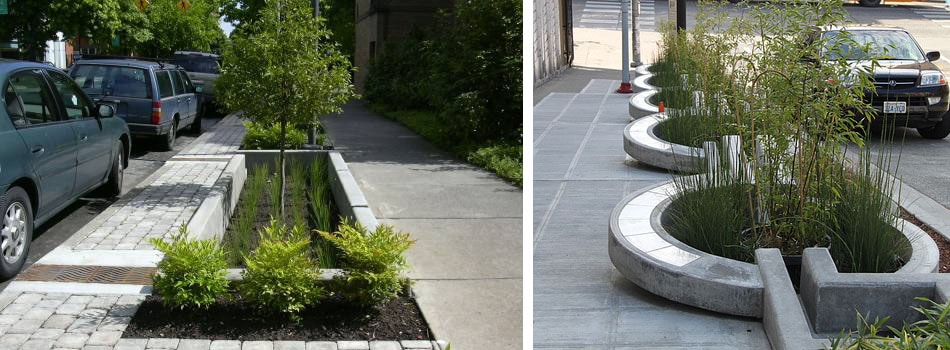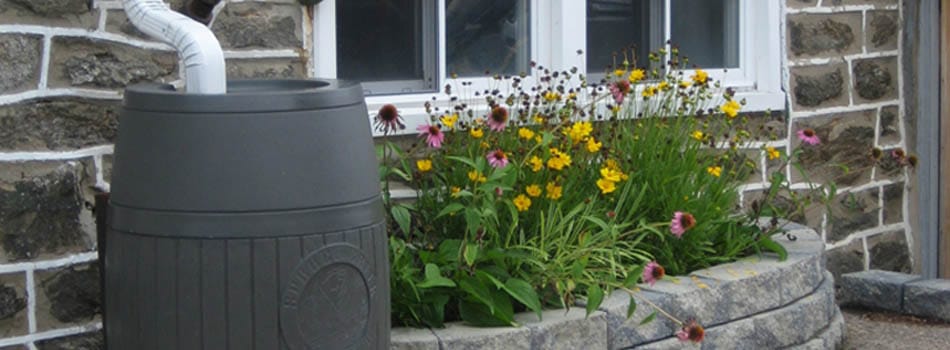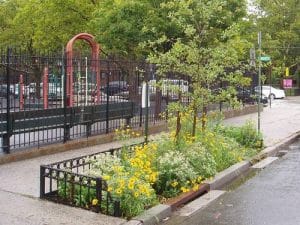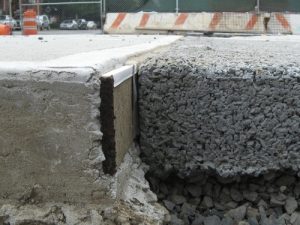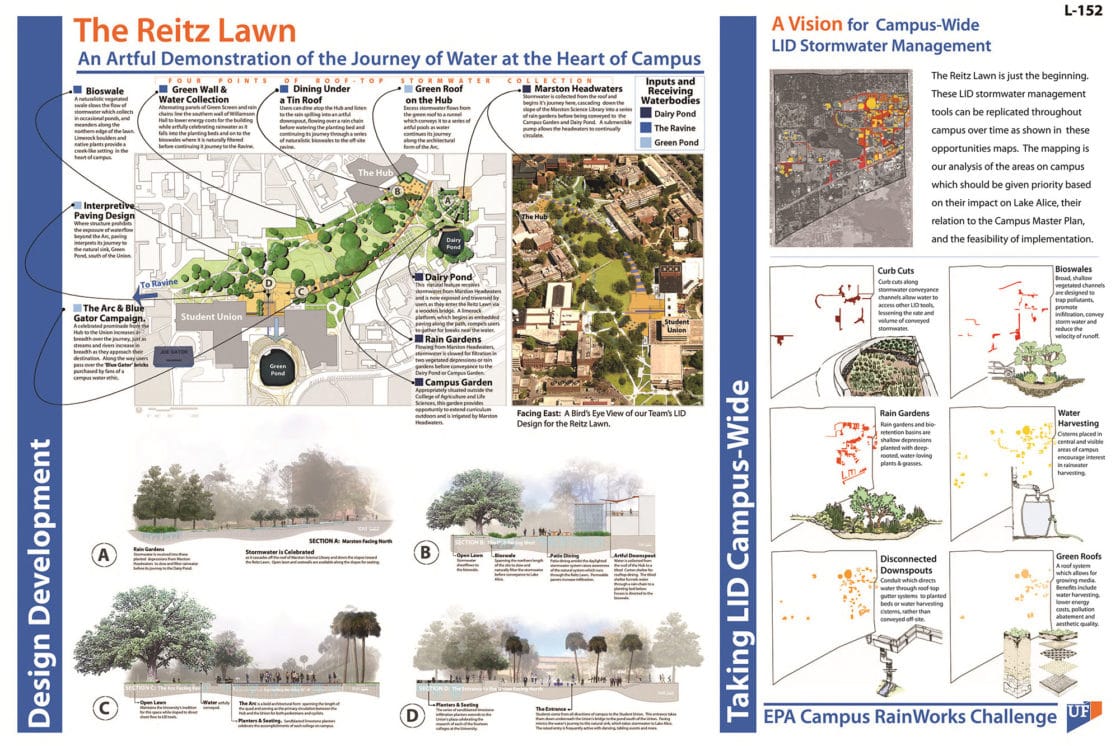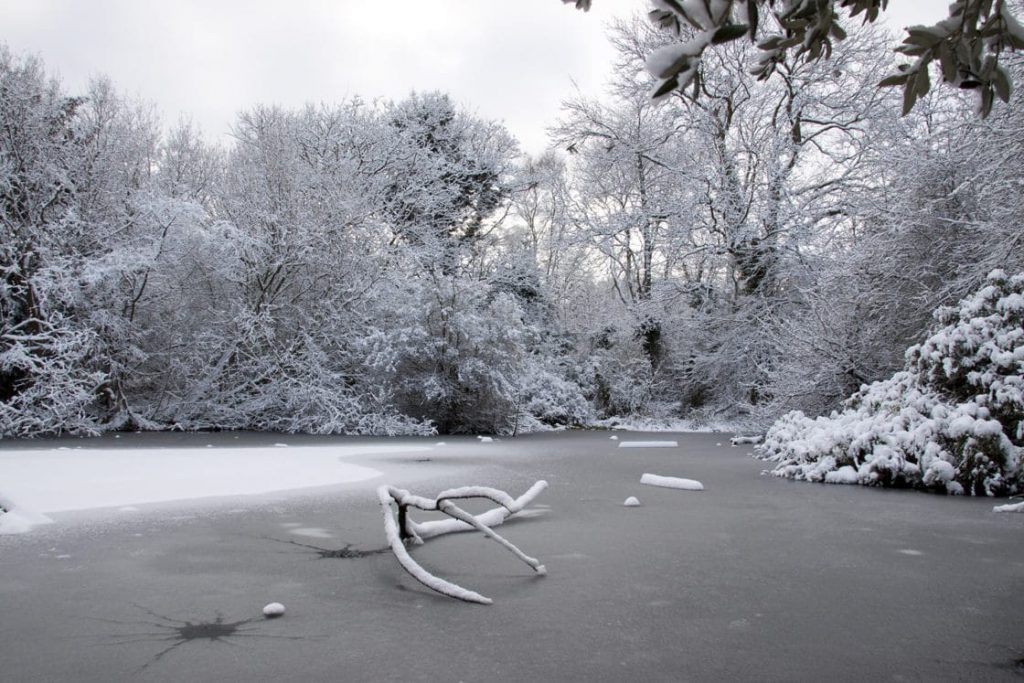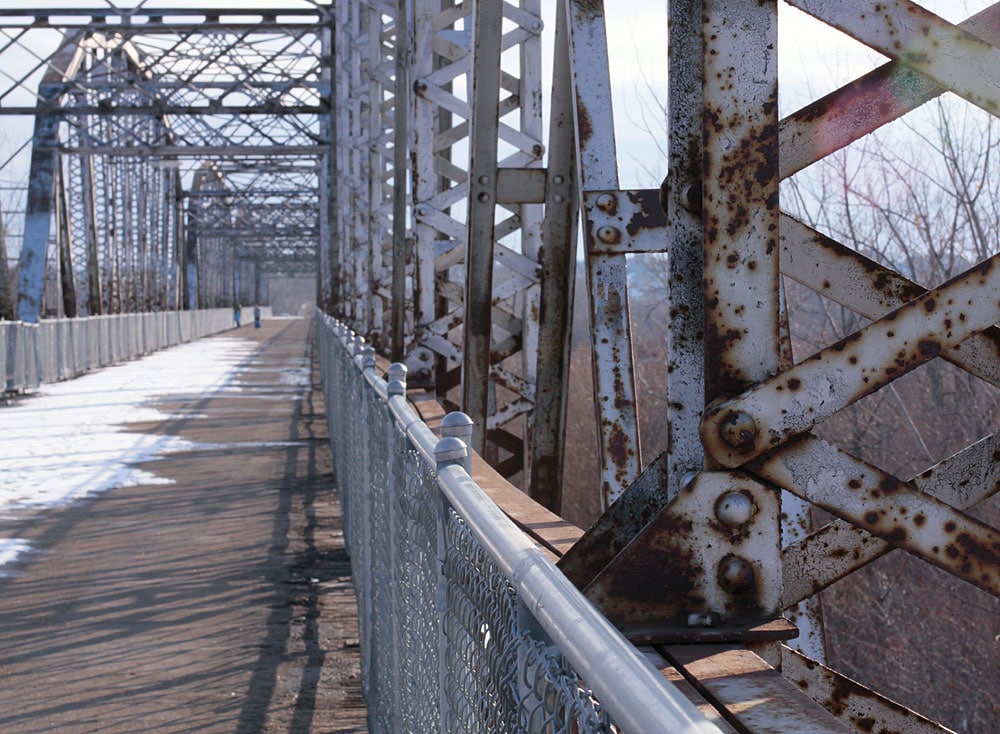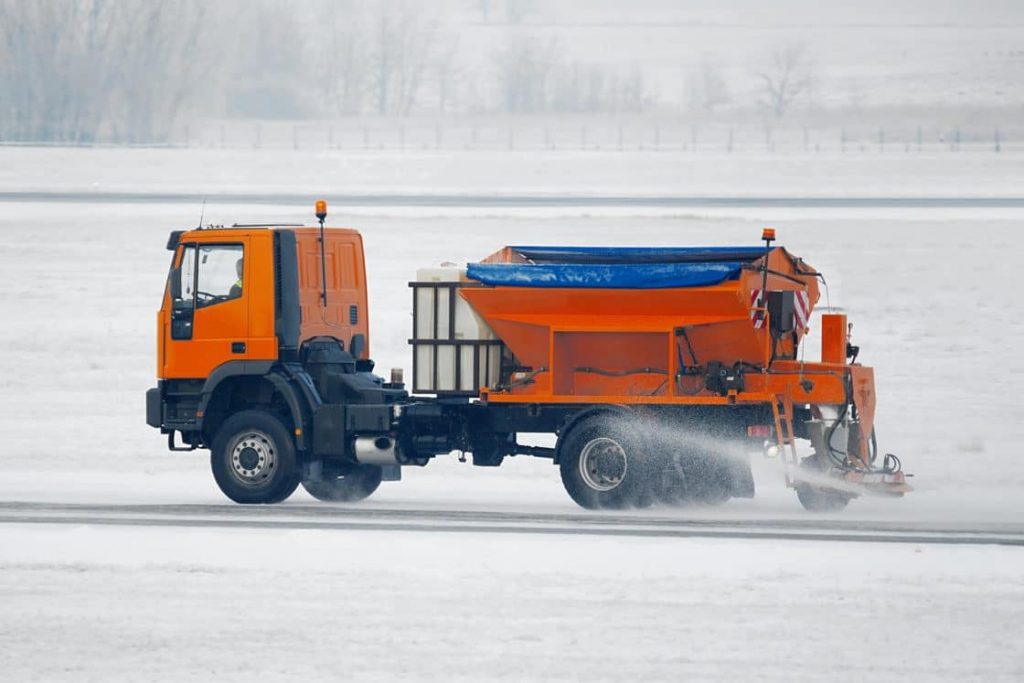The Importance of Stormwater Management
Stormwater management is a vital part of maintaining healthy communities and ecosystems, particularly in urban areas where development often disrupts the natural flow of water. In Massachusetts, the MS4 (Municipal Separate Storm Sewer System) program plays a pivotal role in managing stormwater runoff and protecting our state’s valuable water resources. At Tata & Howard (T&H), we’re proud to help our local municipalities navigate these important regulations, providing expert stormwater solutions that not only ensure compliance but also support long-term sustainability and environmental well-being.
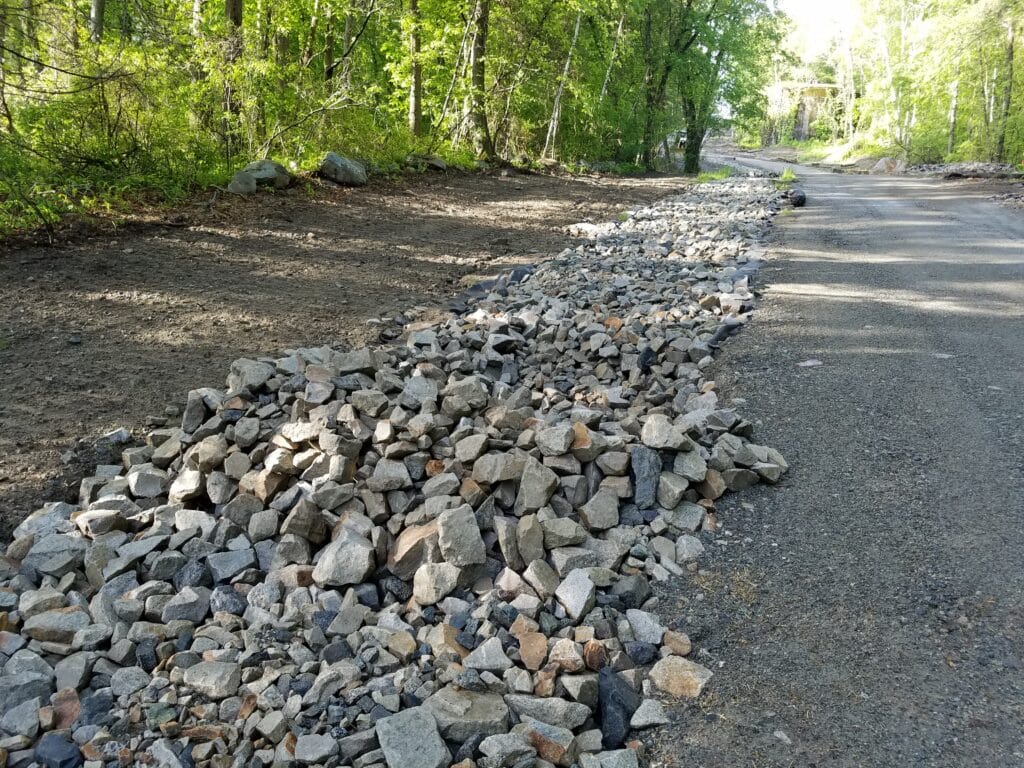 A Brief History of the MS4 Program
A Brief History of the MS4 Program
The MS4 program was first introduced by the U.S. Environmental Protection Agency (EPA) in 2003 as a way to reduce pollutants in stormwater runoff, which we know can seriously harm water quality and aquatic life. Initially, the program focused on larger urbanized areas, but over time, it has expanded to include smaller communities, recognizing that stormwater management is crucial no matter the size of the municipality. Over the years, the program has evolved to address new and ongoing environmental challenges.
The most significant update came in 2016 with the release of the EPA’s revised MS4 General Permit for Massachusetts. This new permit introduced even more stringent requirements aimed at reducing pollutants and improving stormwater management practices, while also taking into consideration emerging issues like climate change and increased storm events. These new requirements included, but were not limited to, an increased emphasis on green infrastructure; a stronger emphasis on public education and outreach; and enhanced pollutant reduction goals. As the program evolves, the focus on sustainability, innovation, and community engagement continues to grow stronger and stronger—and we’re thrilled to be part of this monumental work.
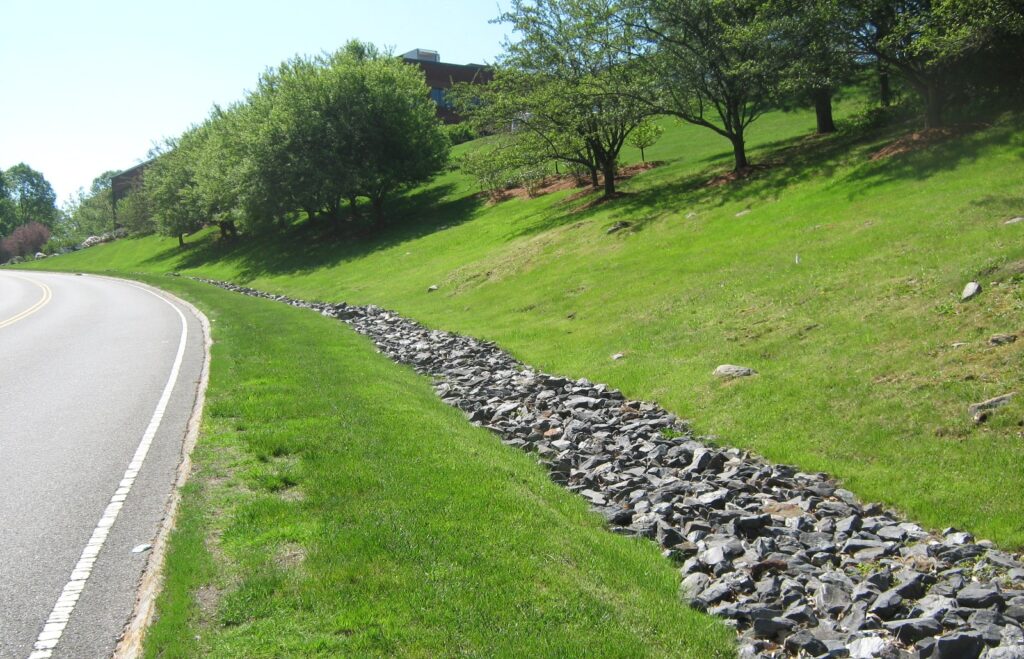 Key Requirements of the MS4 Program
Key Requirements of the MS4 Program
The core goal of the MS4 program is to reduce the pollutants that stormwater runoff carries into water bodies, including harmful substances like sediment, heavy metals, and excess nutrients. To meet this goal, municipalities are required to develop and implement stormwater management programs that address these pollutants through Best Management Practices (BMPs). This can include constructed solutions like infiltration trenches, bioswales, rain gardens, green roofs, permeable pavement, and non-structural BMPs like ordinance development, street sweeping, proper disposal of hazardous waste, and using environmentally-friendly lawn care products.
The updated 2016 MS4 General Permit also placed a stronger emphasis on documentation, reporting, and tracking progress toward pollutant reduction goals. Municipalities are expected to engage with their communities on stormwater issues and educate residents on ways to reduce runoff at the local level. Furthermore, municipalities must also consider climate change impacts, ensuring that their stormwater systems can handle more frequent and severe storms. These requirements may seem challenging or tedious, but they serve as a real opportunity for communities to innovate and build more resilient infrastructure.
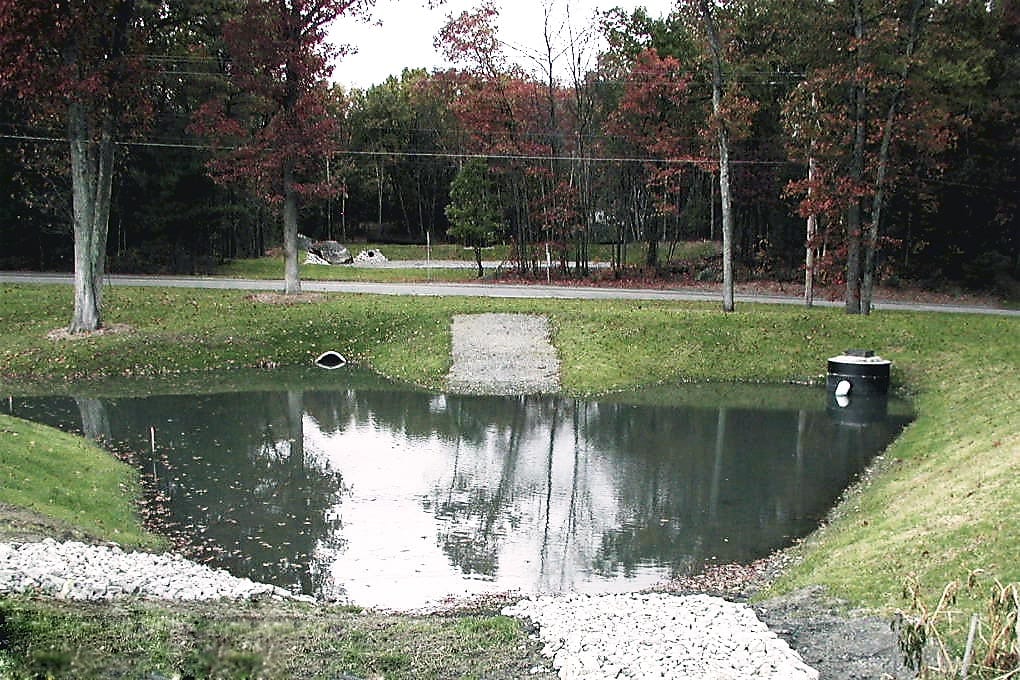
Recent Updates to the MS4 Regulations: Adapting to Evolving Challenges
The MS4 regulations continue to evolve to meet the growing environmental challenges posed by stormwater runoff. In recent years, there have been several key updates to the regulations that municipalities must be aware of to stay in compliance and effectively protect water quality. These updates not only address new environmental priorities but also reflect a growing recognition of the need for more comprehensive stormwater management strategies.
One significant update occurred in December 2020 when the EPA finalized modifications to the 2016 Massachusetts Small MS4 General Permit. These changes, which took effect on January 6, 2021, aimed to enhance stormwater management by addressing the emerging concerns surrounding pollution from commercial, industrial, and institutional (CII) properties. This new initiative would impact thousands of properties with impenetrable surfaces, making it part of a broader effort to address stormwater pollution from other various sources.
Additionally, the Massachusetts Department of Environmental Protection (MassDEP) has been working to align its Wetlands Protection Act (WPA) stormwater management standards with the MS4 General Permit Post-Construction Stormwater Rules. In October 2024, it was announced that this alignment would streamline the stormwater permitting process and ensure that state and federal regulations work together in harmony. By simplifying this process, municipalities are able to more efficiently meet the requirements of both the EPA’s MS4 program and MassDEP’s regulations. (After all, it is a group effort!)
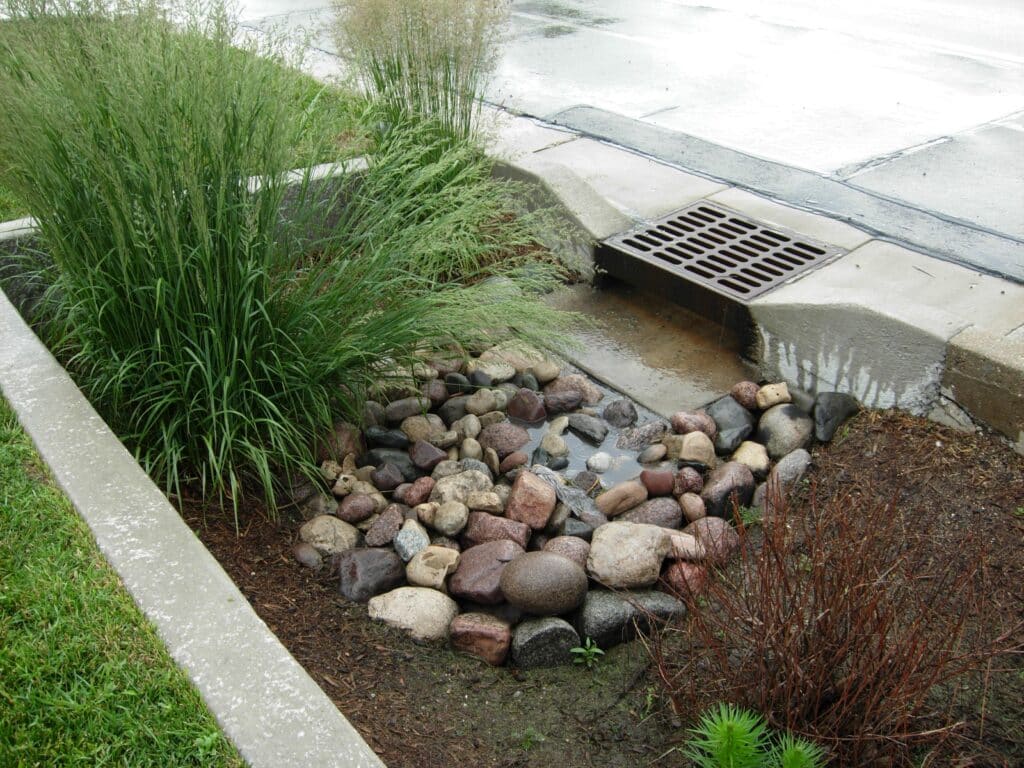 In November 2024, the EPA provided Massachusetts MS4 Permittees with written notice that they intend to reissue the National Pollutant Discharge Elimination System (NPDES) Massachusetts MS4 General Permit for discharges to certain waters of the Commonwealth of Massachusetts. When finalized, the Draft Permit will replace the Final Massachusetts MS4 General Permit issued on April 4, 2016 and modified on December 7, 2020. The public comment period for the Draft Permit was recently extended for an additional 90 days from February 20, 2025 to May 21, 2025.
In November 2024, the EPA provided Massachusetts MS4 Permittees with written notice that they intend to reissue the National Pollutant Discharge Elimination System (NPDES) Massachusetts MS4 General Permit for discharges to certain waters of the Commonwealth of Massachusetts. When finalized, the Draft Permit will replace the Final Massachusetts MS4 General Permit issued on April 4, 2016 and modified on December 7, 2020. The public comment period for the Draft Permit was recently extended for an additional 90 days from February 20, 2025 to May 21, 2025.
Though there have been several other key updates—all of which can be found on the EPA website—municipalities now have more focused guidance on how to reduce pollutants from a wider range of sources and ensure their stormwater systems are prepared for the future. These changes reflect a growing recognition that stormwater management must be comprehensive, addressing not only the volume of runoff but also the variety of pollutants that affect water quality.
Tata & Howard’s Role in MS4 Compliance
At T&H, we believe that MS4 compliance is about much more than just ticking boxes. It’s about helping municipalities achieve meaningful improvements in stormwater management that benefit both people and the environment, which is at the heart of what we aim to accomplish.
Our team works closely with municipalities to develop customized stormwater management plans that align with regulatory guidelines while also addressing the unique needs of each community. We understand first-hand that each municipality faces different challenges, and we take pride in our tailored approach to help them overcome these obstacles effectively.
Some examples of MS4 Compliance Services provided by T&H include the following:
- Public Outreach Assistance
- Stormwater Management Program Preparation
- Stormwater Infrastructure Mapping
- Annual Reporting to the EPA and MassDEP
- Outfall Inspection and Inventory Services
- Phosphorous Control Planning
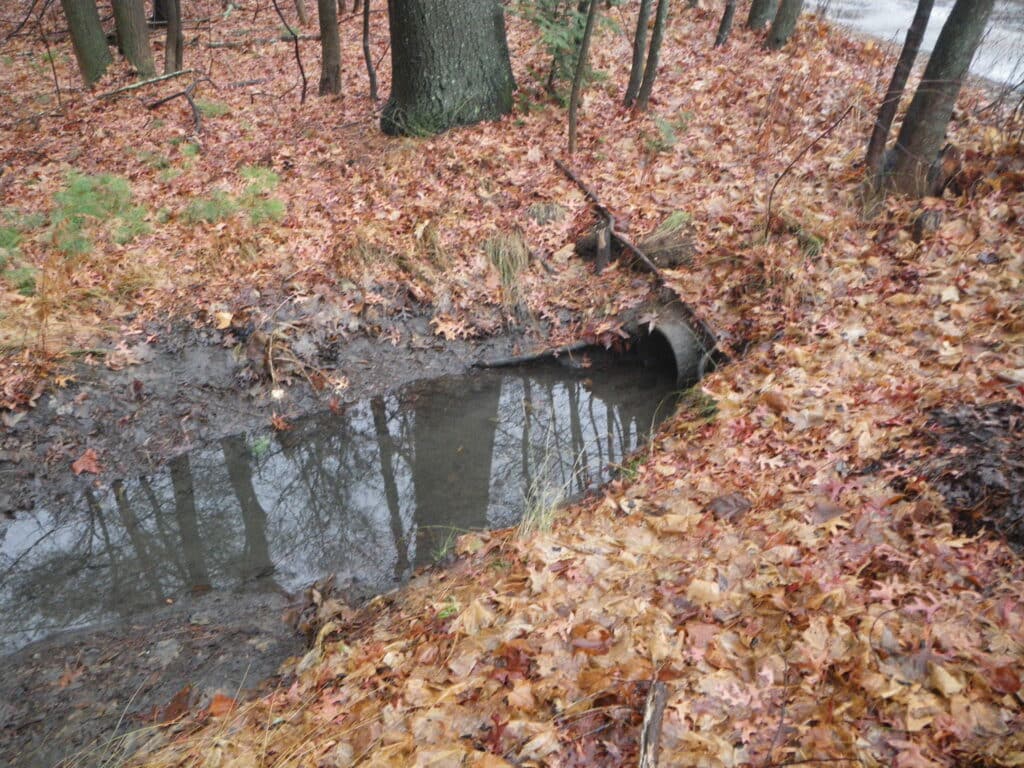 Looking to the Future: A Sustainable, Resilient Tomorrow
Looking to the Future: A Sustainable, Resilient Tomorrow
The MS4 program is more than just a set of regulations; it’s a framework for creating a cleaner, healthier environment for Massachusetts communities. At Tata & Howard, we are proud to be part of the solution, helping municipalities comply with MS4 requirements while also driving innovation in stormwater management. Together, we can build a sustainable, resilient future where both communities and the environment thrive.
As we look ahead, we’re excited about the progress being made in stormwater management. With a focus on collaboration, sustainability, and community engagement, we can turn regulatory requirements into meaningful opportunities for positive change. By working together, we can ensure that Massachusetts continues to lead the way in responsible stormwater management and create a healthier, more sustainable environment for future generations.



